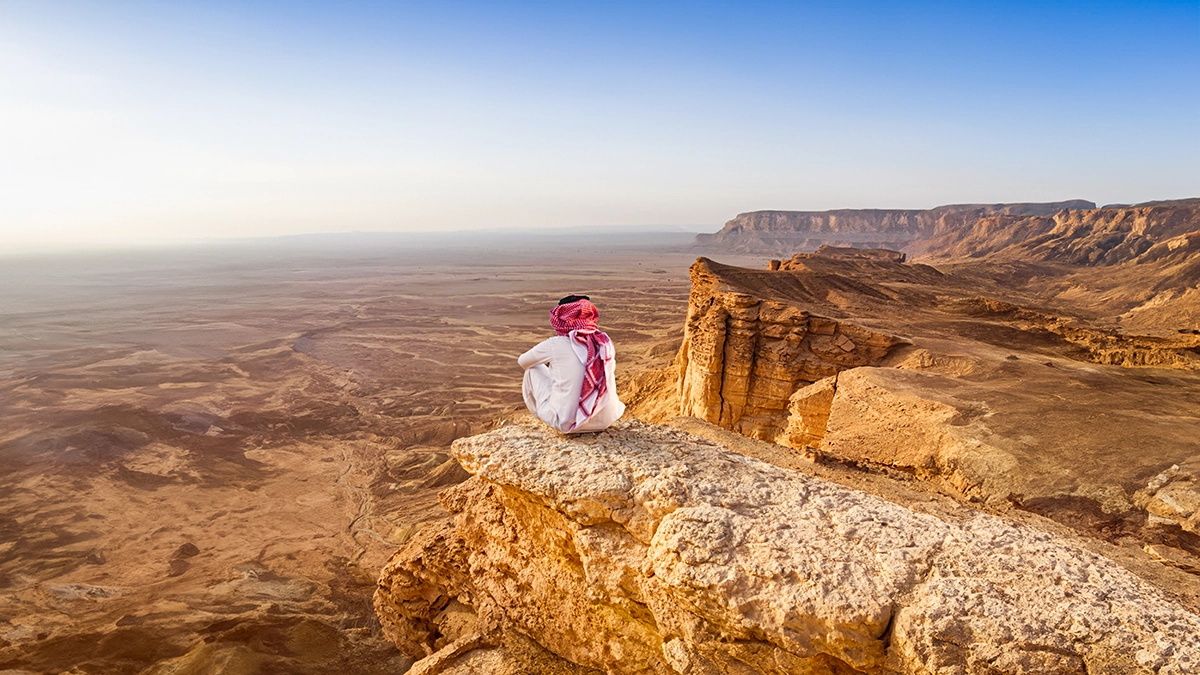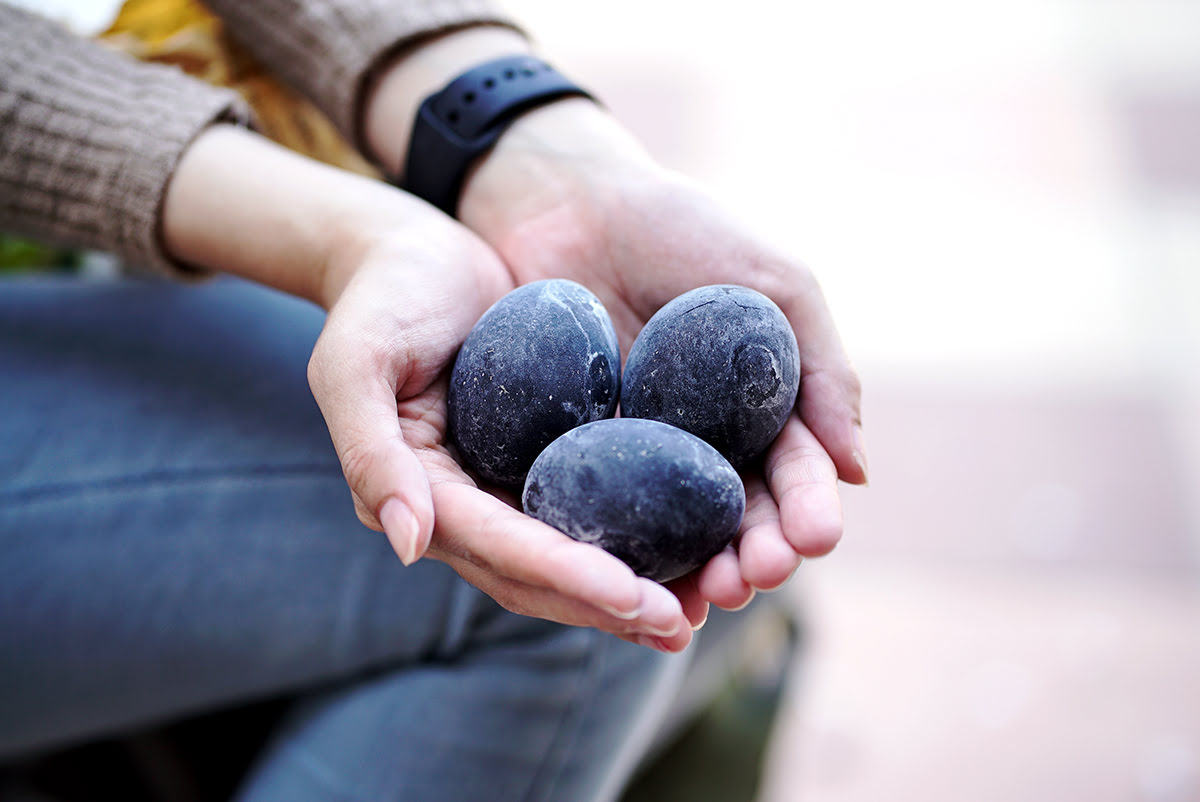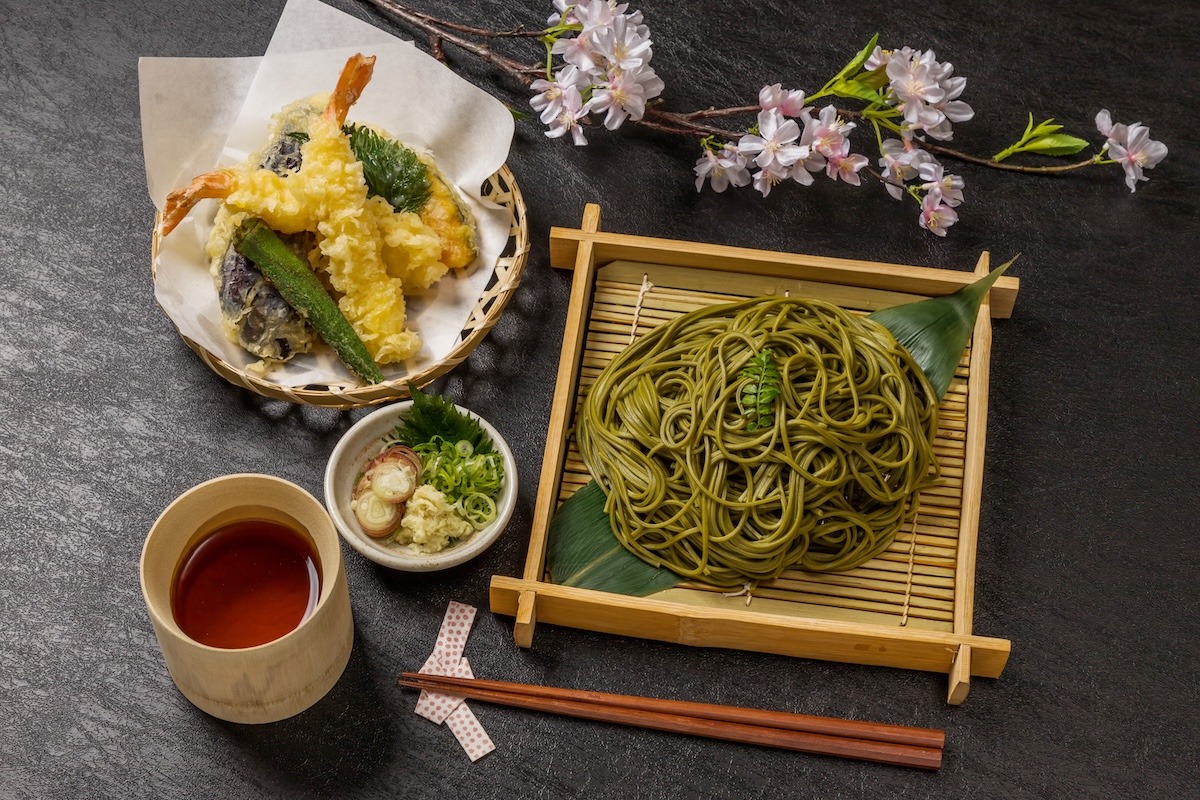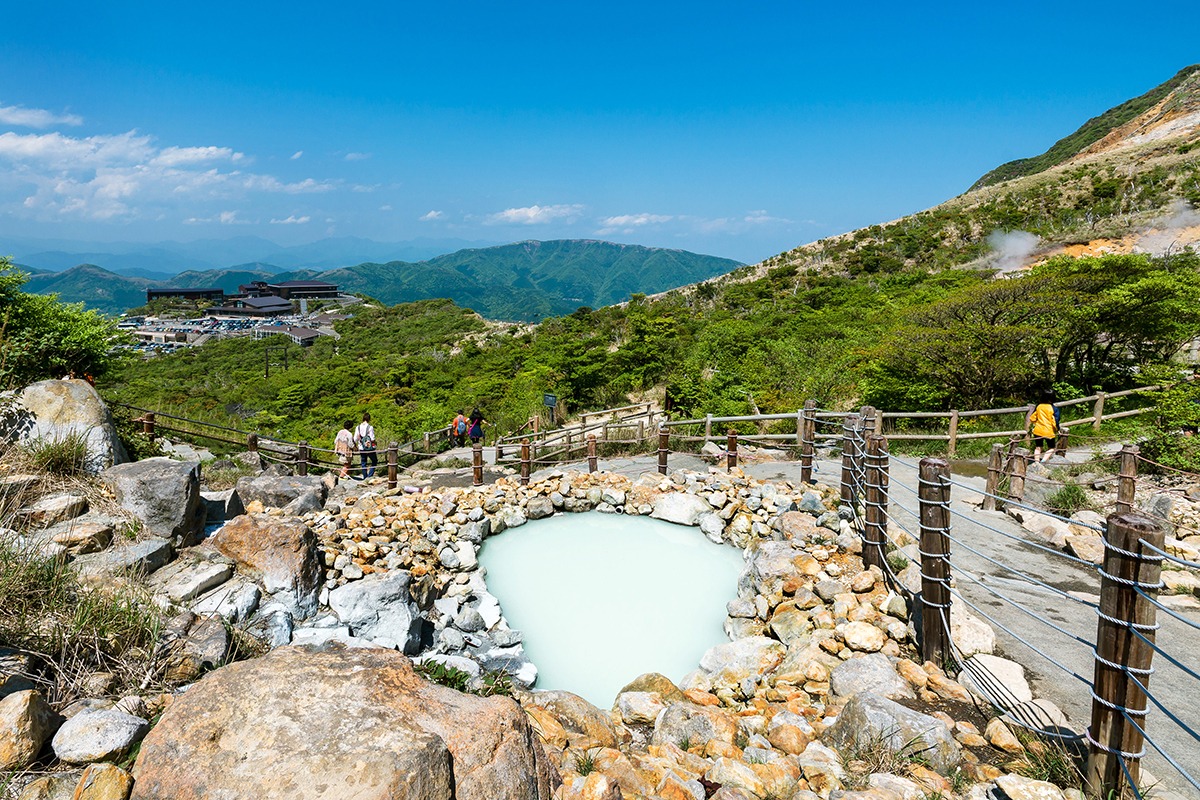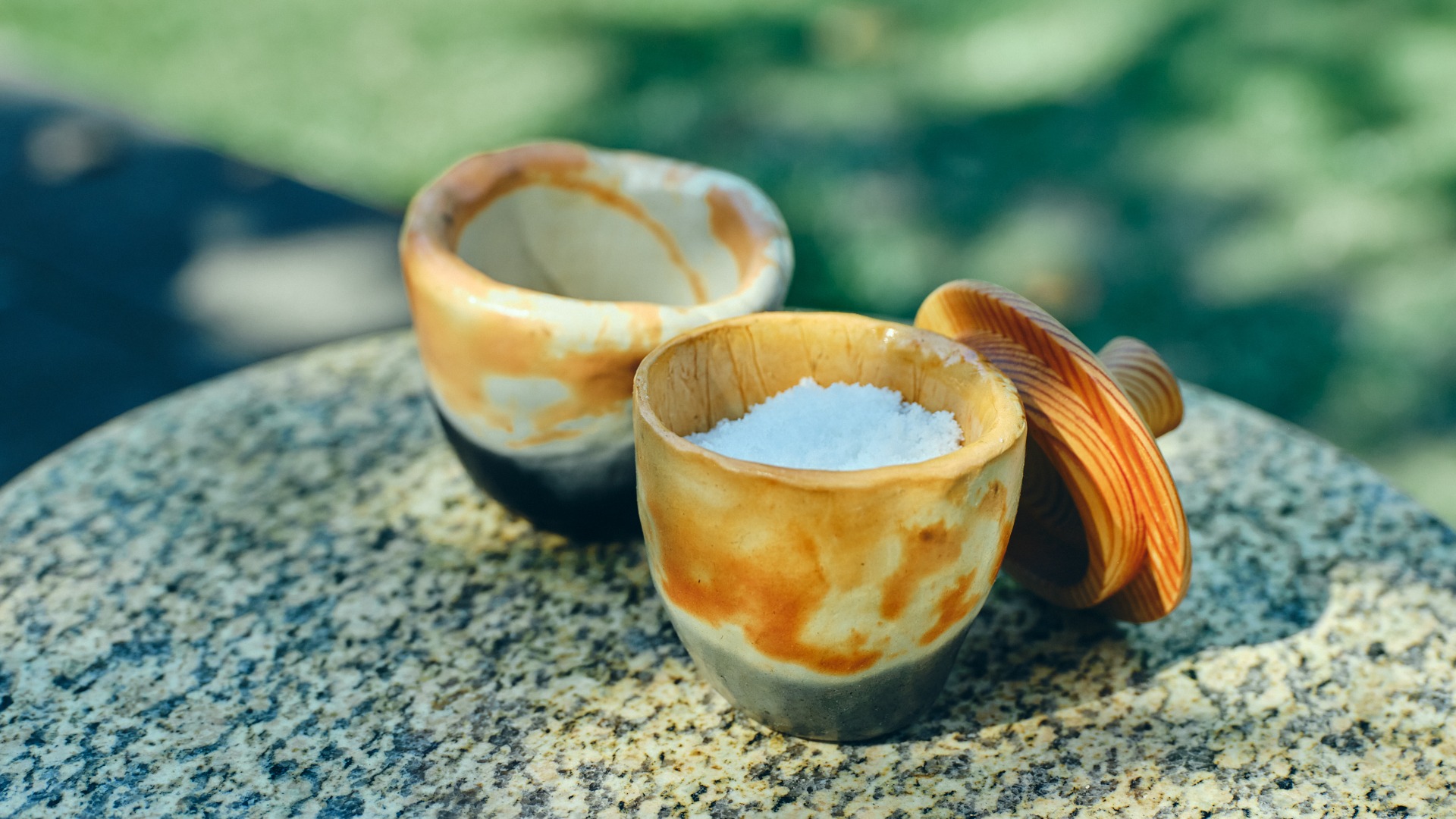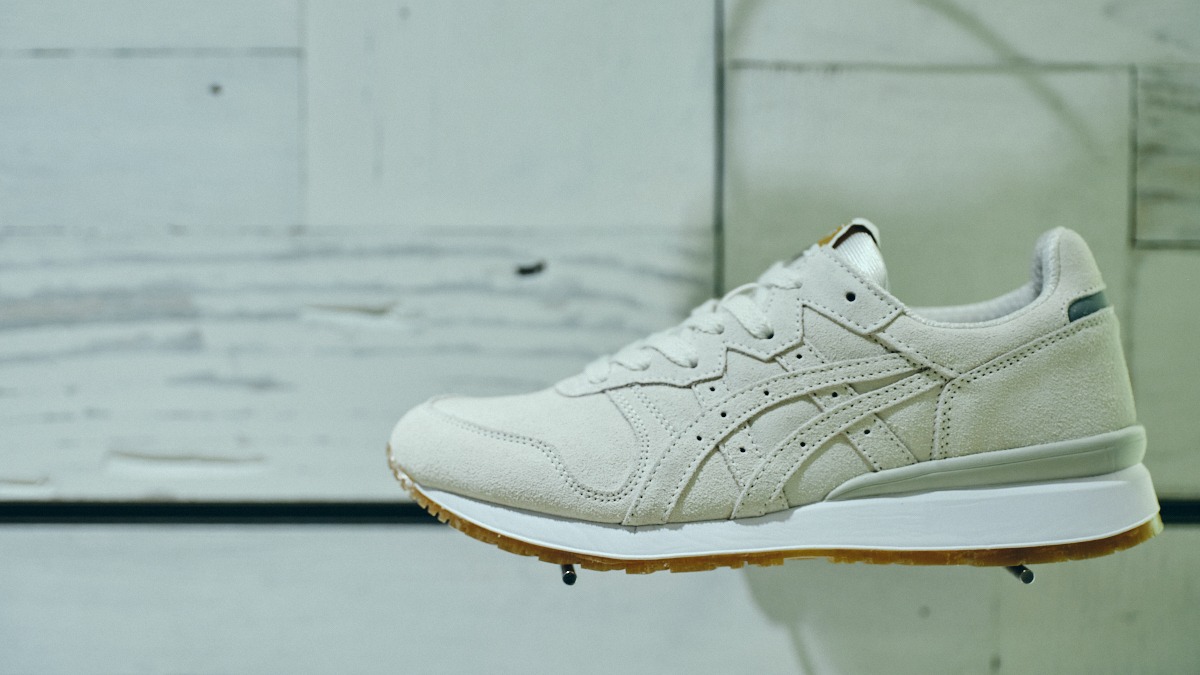Situated in the heart of Hakone, the Great Boiling Valley—also known as Ōwakudani—is a mesmerizing volcanic wonderland that attracts tourists and nature enthusiasts from around the world. This geothermal hotspot, with its sulfuric fumes and steaming hot springs, offers a unique glimpse into the Earth’s fiery depths. Let’s delve into the exciting, steamy adventure that awaits you in Hakone!
Introduction to Great Boiling Valley
Ōwakudani, which literally translates to “Great Boiling Valley,” is a volcanic valley created around 3000 years ago following an eruption of Mount Hakone. Known for its active sulfur vents, hot springs, and scenic views, Ōwakudani is an extraordinary destination for anyone looking to experience the raw power and beauty of geothermal activity.
Getting to Ōwakudani
By Train
The most scenic way to reach Ōwakudani is by taking the Hakone Tozan Railway from Odawara or Hakone-Yumoto to Gora. From Gora, board the Hakone Tozan Cable Car to Sounzan Station. Finally, a ride on the Hakone Ropeway will take you directly to Ōwakudani Station. The journey is a highlight in itself, offering panoramic views of the picturesque Hakone region.
By Bus
Alternatively, you can take the Hakone Tozan Bus from Odawara or Hakone-Yumoto to Togendai. From Togendai, you can catch the Hakone Ropeway to Ōwakudani. This route is equally scenic and allows for flexibility in exploring other parts of Hakone.
Main Attractions in Ōwakudani
Active Sulfur Vents
Ōwakudani is renowned for its sulfur vents, which emit impressive clouds of steam and the unmistakable smell of sulfur. These vents are not only a testament to the volcanic activity beneath the earth’s surface but also offer a surreal landscape for photography enthusiasts.
Black Eggs
A visit to Ōwakudani is incomplete without tasting the famous “Kurotamago” or Black Eggs. These eggs are boiled in the natural hot springs, which turn their shells black due to the sulfur content. Local legend claims that eating one can add seven years to your life—who could resist?
Hiking Trails
Hakone Geopark Trails
The Hakone Geopark offers various hiking trails that cater to all levels of hikers. One popular route is the ascent to the summit of Mount Kamiyama, providing stunning views of the volcanic valley and, on clear days, Mount Fuji in the distance.
Ōwakudani Nature Trail
The Ōwakudani Nature Trail is a shorter, more accessible hike that takes visitors through the most scenic areas of the valley. Along the way, you will encounter unique flora and fauna adapted to the sulfurous environment.
Local Cuisine and Dining Experiences
Besides the famous Black Eggs, Ōwakudani offers an array of culinary delights. Try local delicacies like soba noodles, fresh wasabi, and various onsen-tamago (hot spring eggs) dishes. Many restaurants in the area provide panoramic views, making your dining experience even more memorable.
Day-by-Day Itinerary
Day 1: Arrival and Initial Exploration
Arrive in Hakone and settle into your accommodation. Spend the afternoon exploring the local area, including Hakone Shrine and the shores of Lake Ashi. Enjoy a relaxing evening in an onsen (hot spring) to unwind from your travels.
Day 2: Full Day in Ōwakudani
Start your day early and head to Ōwakudani via the Hakone Ropeway. Spend the morning exploring the sulfur vents and enjoying the breathtaking views. Try the black eggs and have lunch at one of the local eateries. In the afternoon, hike one of the nature trails or take a guided tour to learn more about the geological features of the valley.
Day 3: Exploring Hakone
Take a day to explore other attractions in Hakone. Visit the Hakone Open-Air Museum, the Pola Museum of Art, and the historic Hakone Checkpoint. Consider taking a leisurely cruise on Lake Ashi for stunning views of Mount Fuji.
Day 4: Scenic Wonders and Departure
Enjoy a final breakfast overlooking the magnificent landscapes. If time allows, take a short hike or revisit a favorite spot before making your way back to Tokyo or your next destination.
Practical Information for Travelers
Transportation Tips
Hakone is well-connected by public transportation, making it accessible for day trips or longer stays. The Hakone Free Pass offers unlimited use of designated transportation, including trains, buses, and the Hakone Ropeway. This can be a cost-effective way to explore the area.
Weather and Best Time to Visit
The best time to visit Ōwakudani is during spring (March to May) and autumn (September to November) when the weather is mild and the scenery vibrant. Summer (June to August) can be hot and humid, while winter (December to February) can be cold, but offers clear skies and stunning views of snow-capped Mount Fuji.
Personal Traveler Stories & Local Voices
Many travelers have shared their incredible experiences in Ōwakudani. For instance, Sarah from the USA describes her awe at the sight of the steaming vents and her delight in tasting the famed black eggs. John from the UK fondly recalls his hike along the Hakone Geopark Trails, where he enjoyed panoramic views of the volcanic landscape and learned about the local geology from a knowledgeable guide.
We spoke with Mr. Tanaka, a local tour guide, who shared his thoughts on why Ōwakudani is such a special destination. “Visitors are always amazed by the raw power of nature on display here,” he said. “The sulfur vents and hot springs are a reminder of the incredible geothermal forces at work beneath the Earth’s surface.”
In conclusion, a visit to Great Boiling Valley (Ōwakudani) in Hakone is an experience like no other. From the sulfuric steam vents to the legendary black eggs, every corner of this volcanic paradise holds a new wonder. Whether you’re here for a day or staying longer to explore all that Hakone has to offer, Ōwakudani is sure to leave you with memories to last a lifetime. Plan your trip today and step into the fascinating world of volcanic activity and natural beauty!
